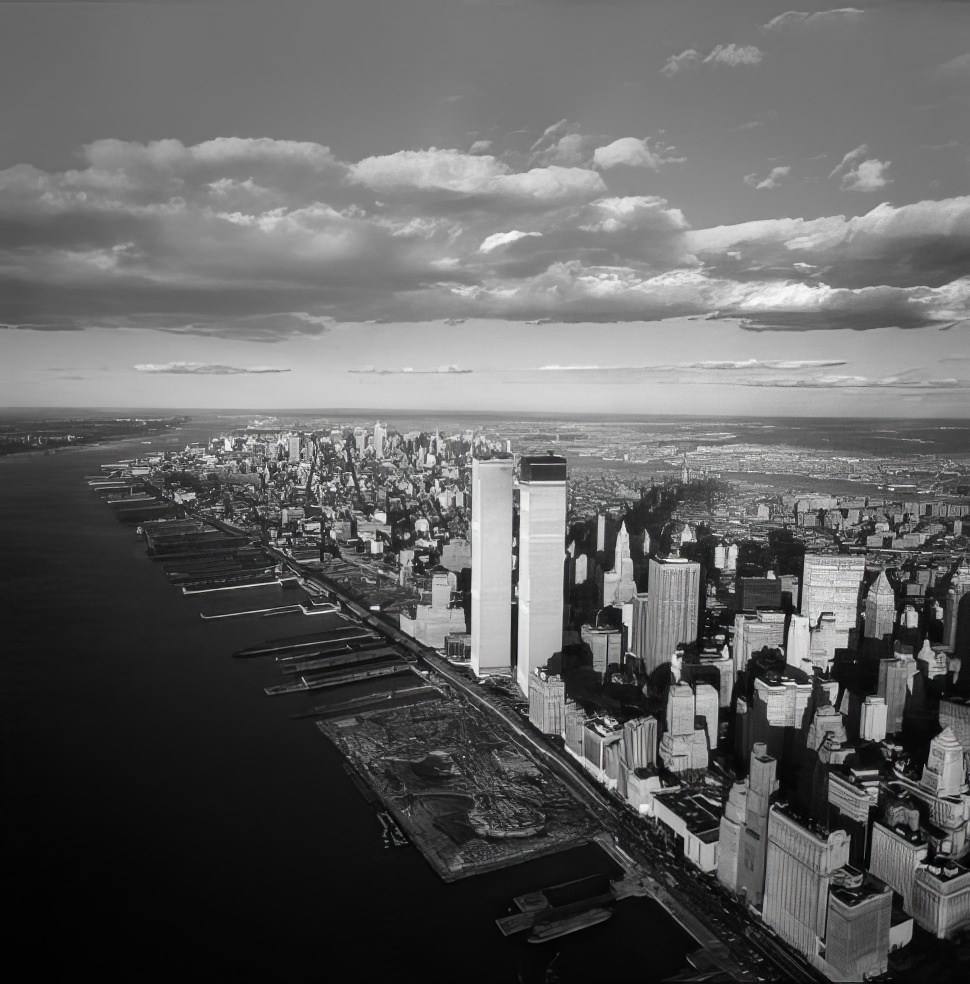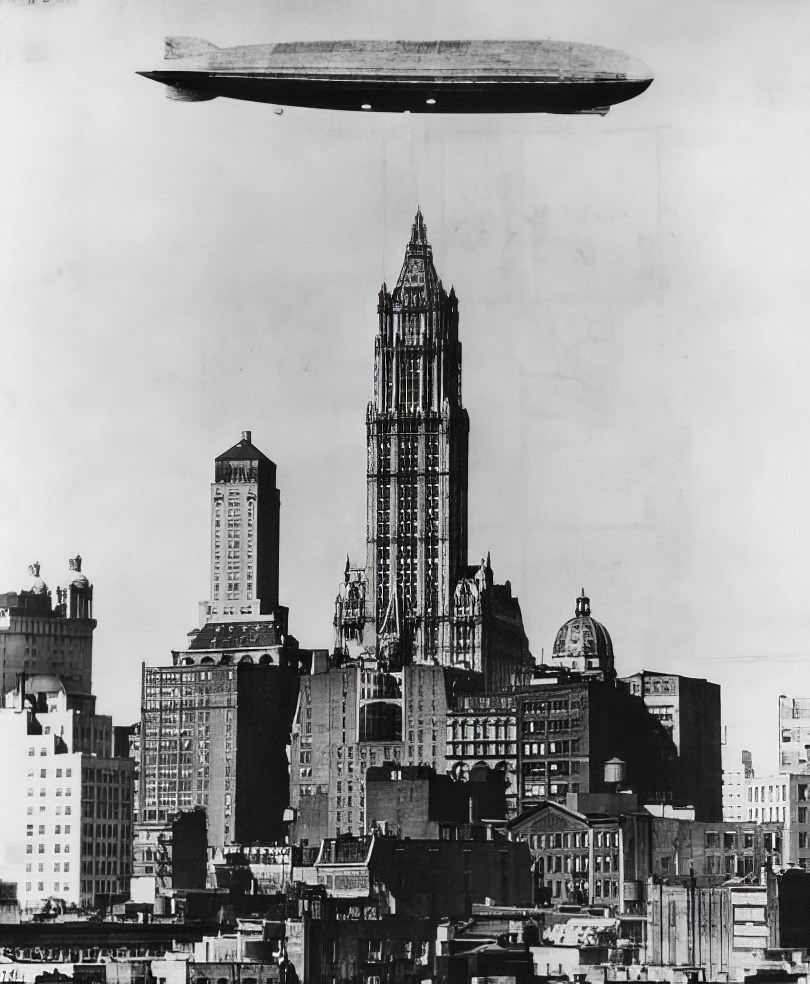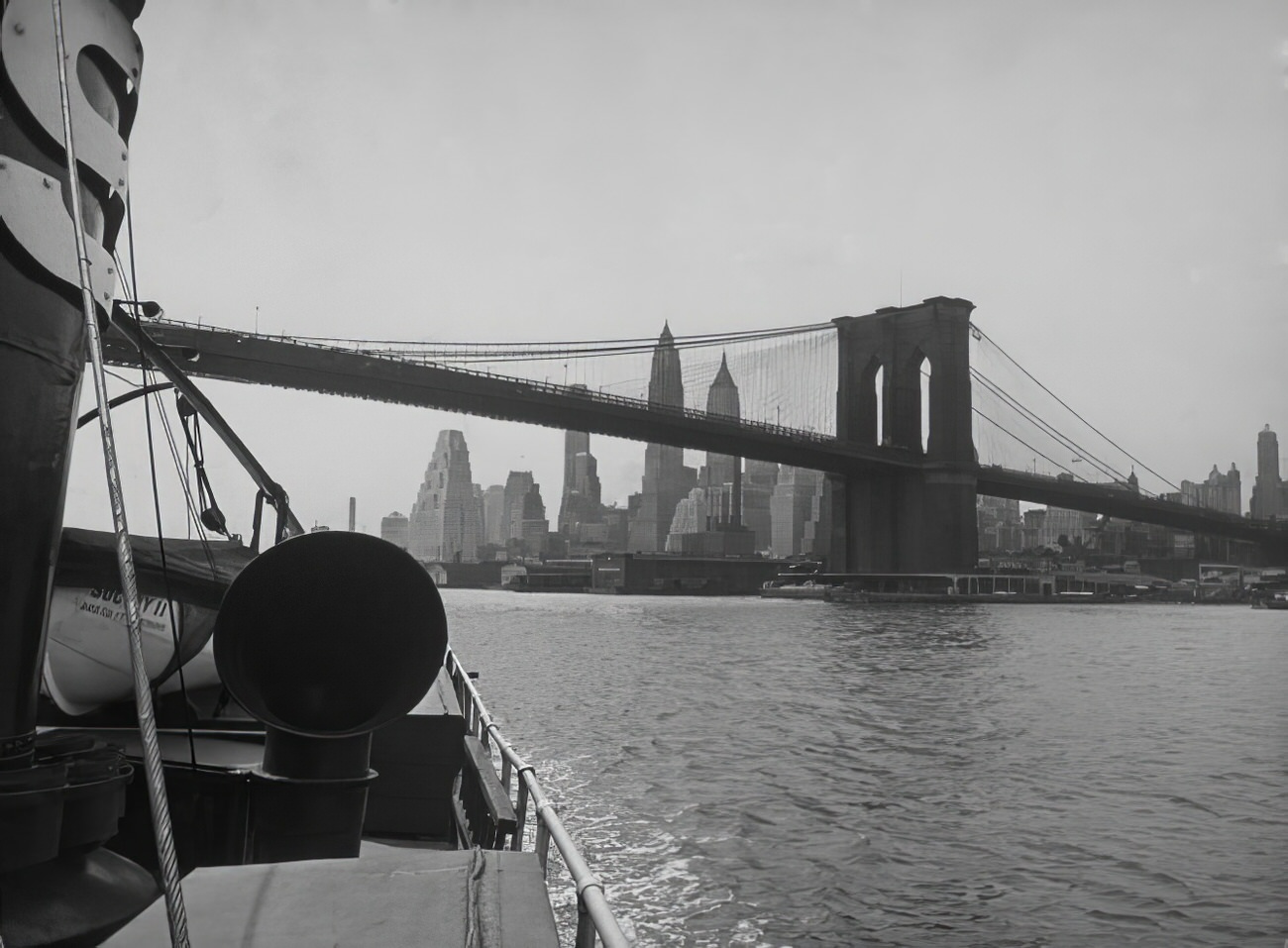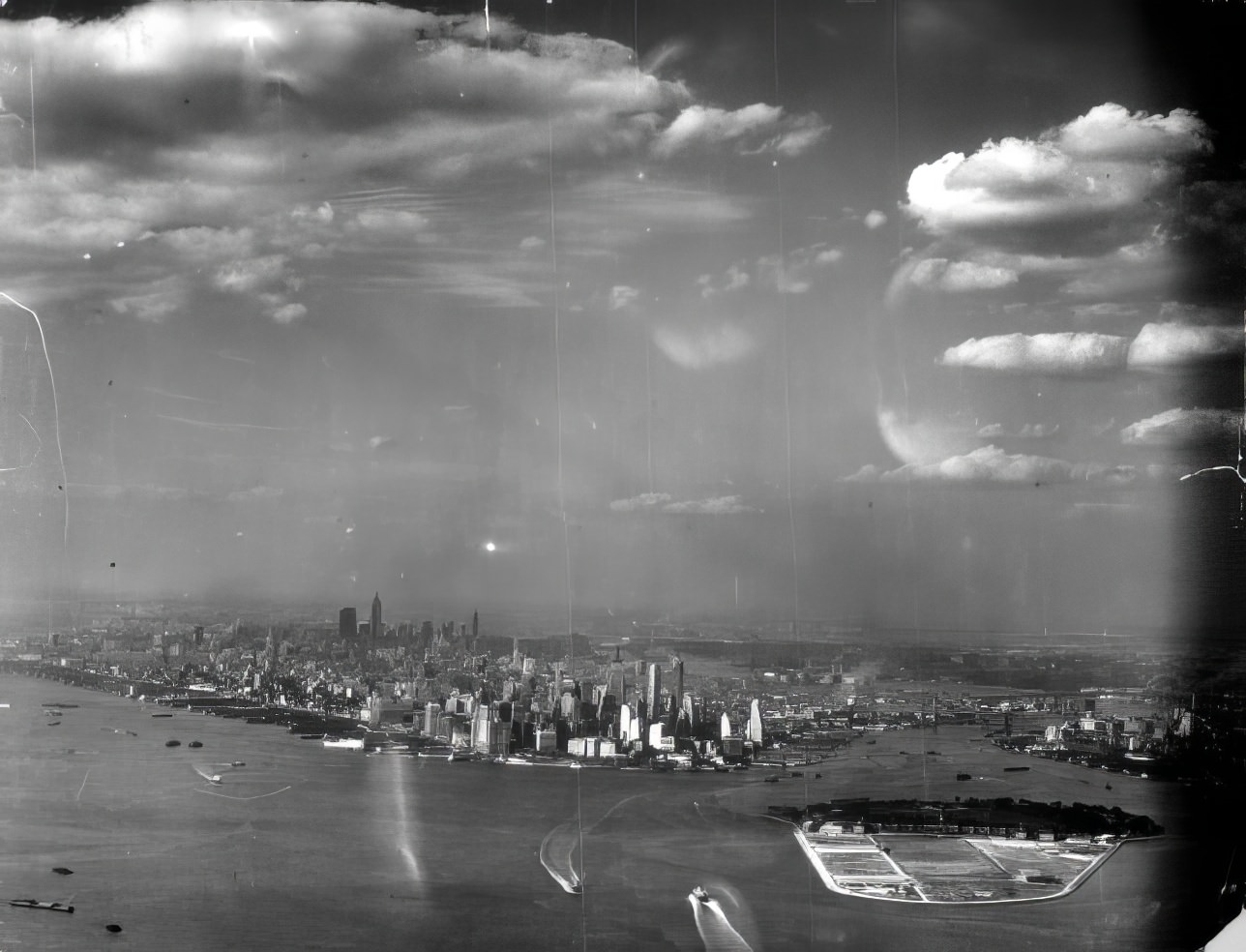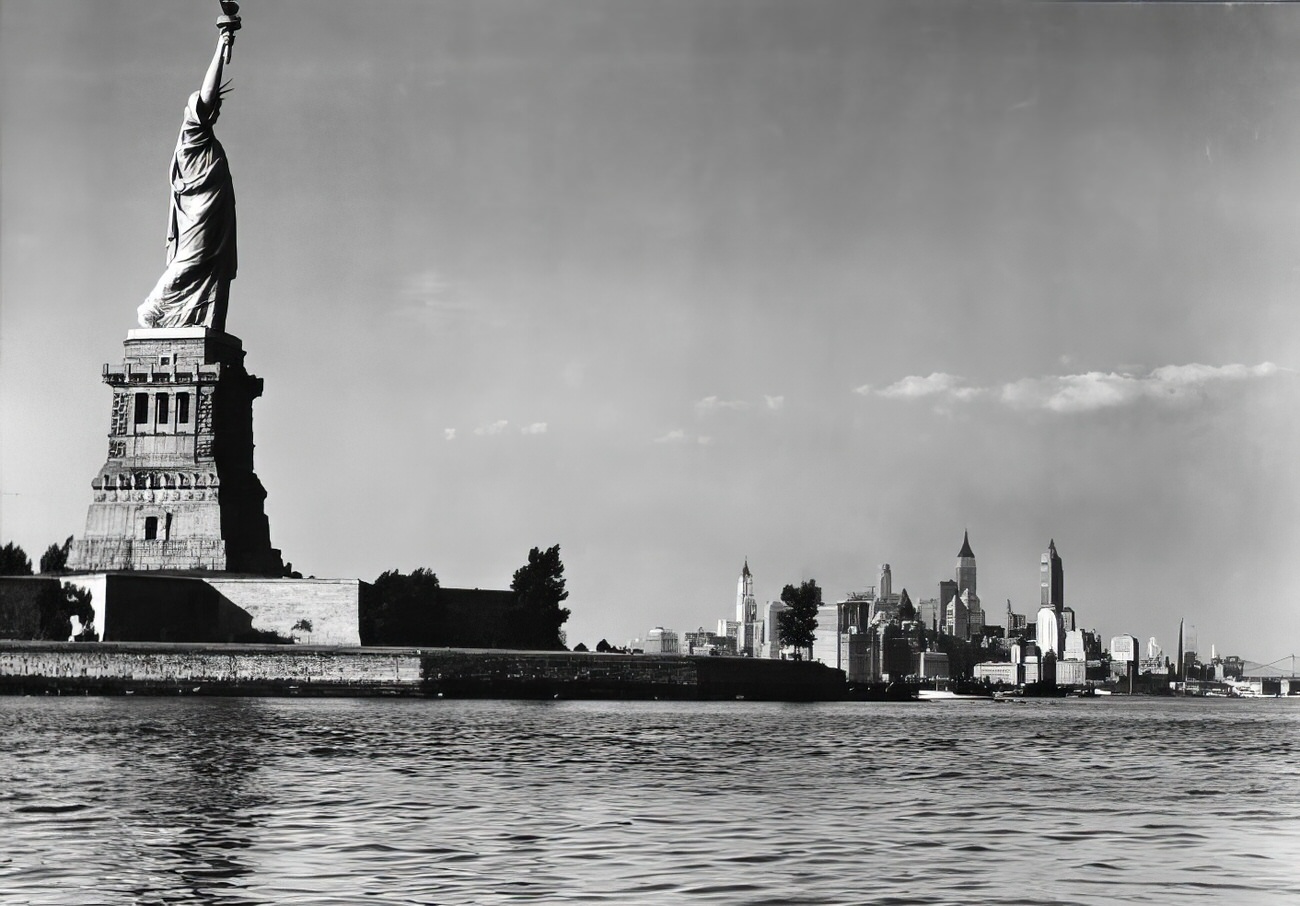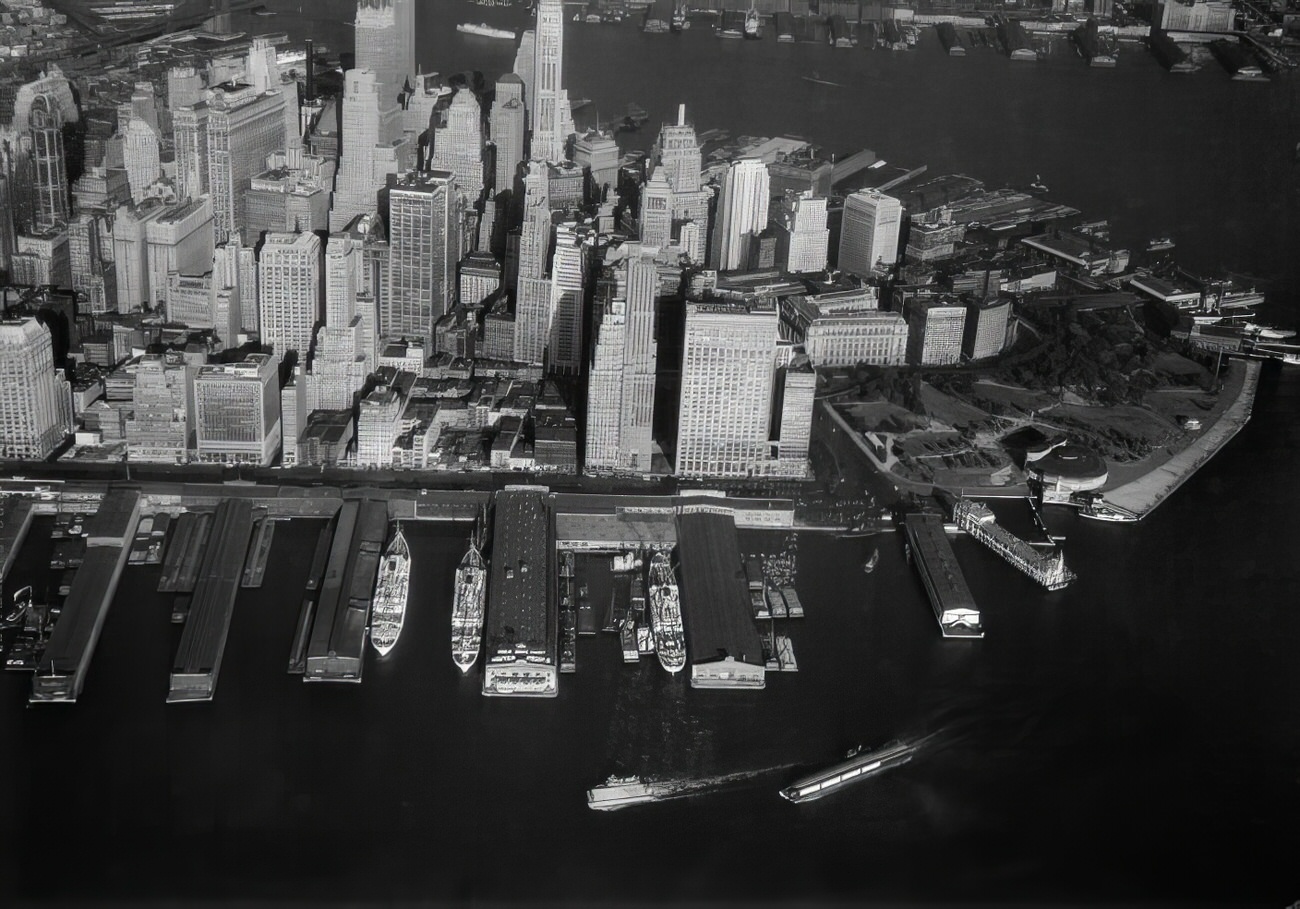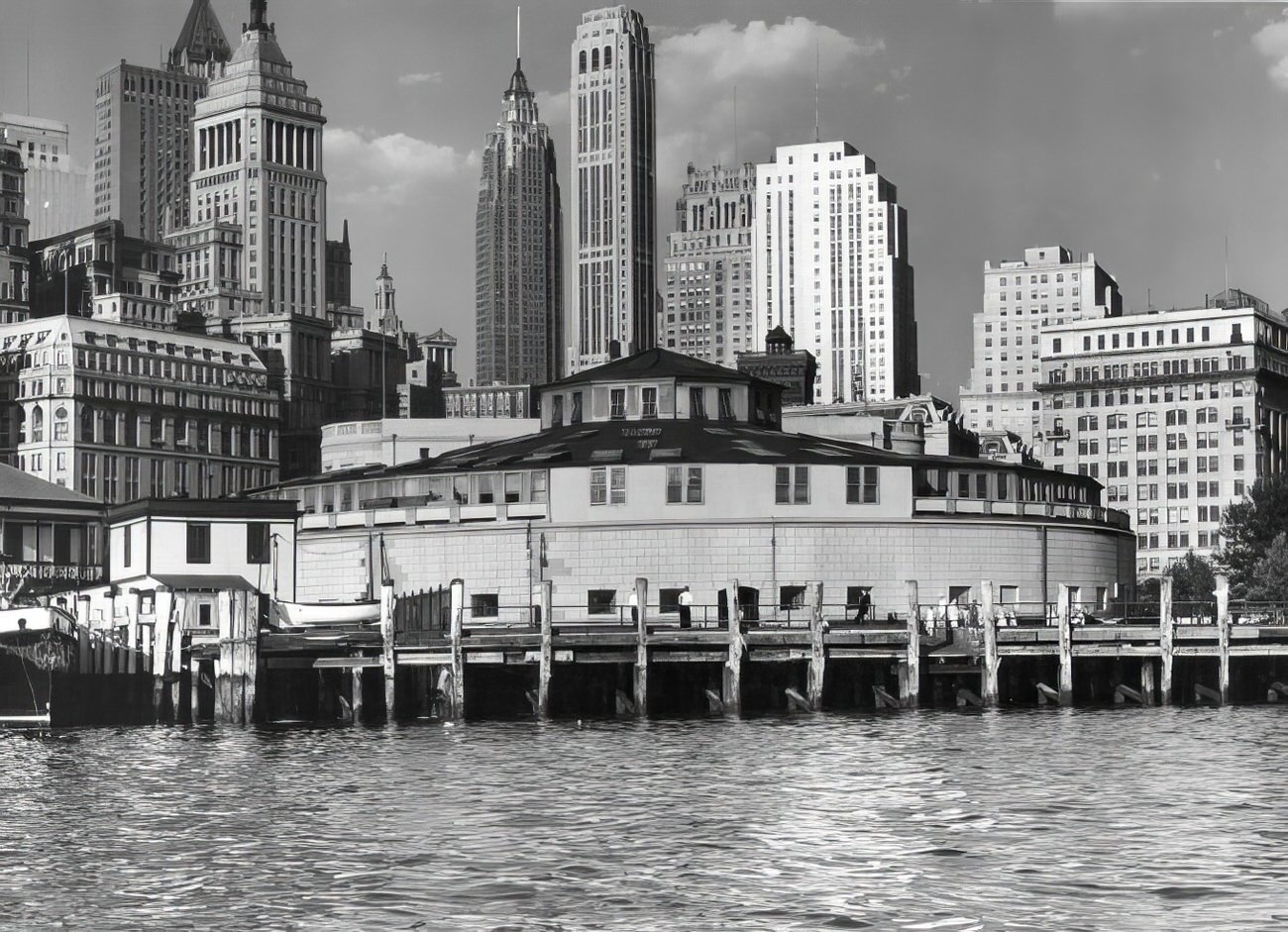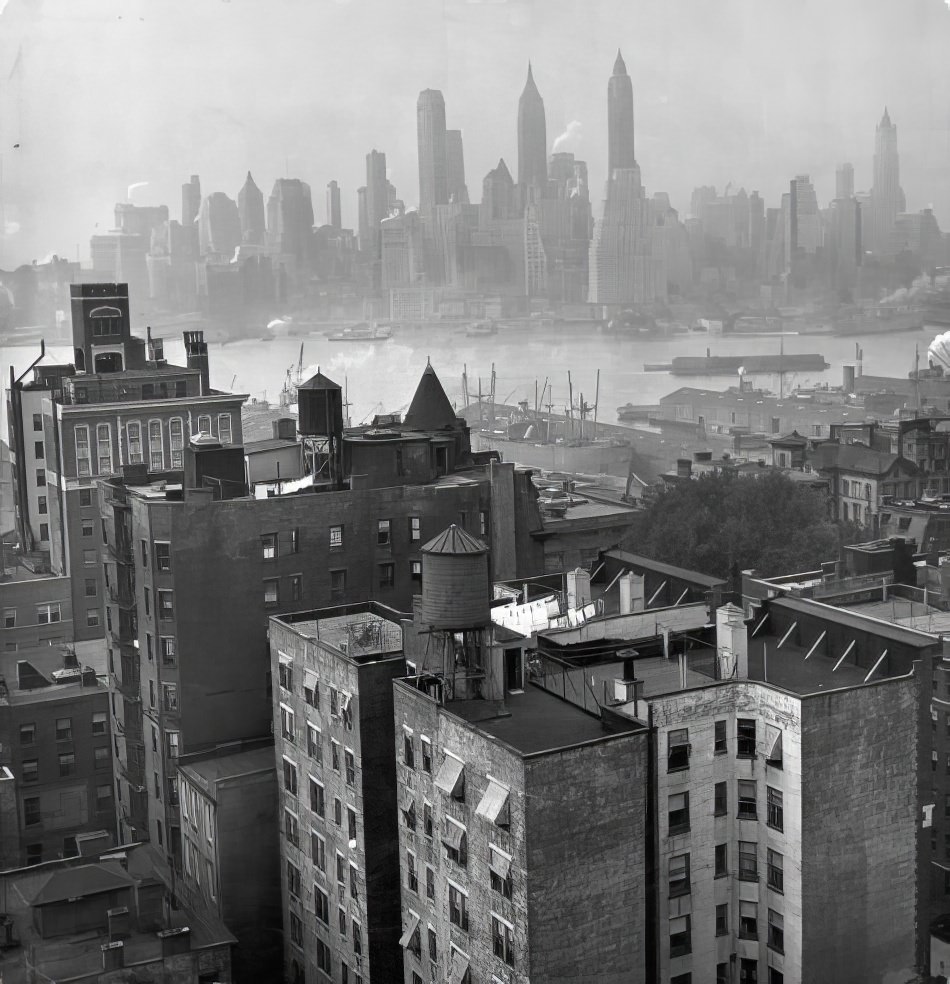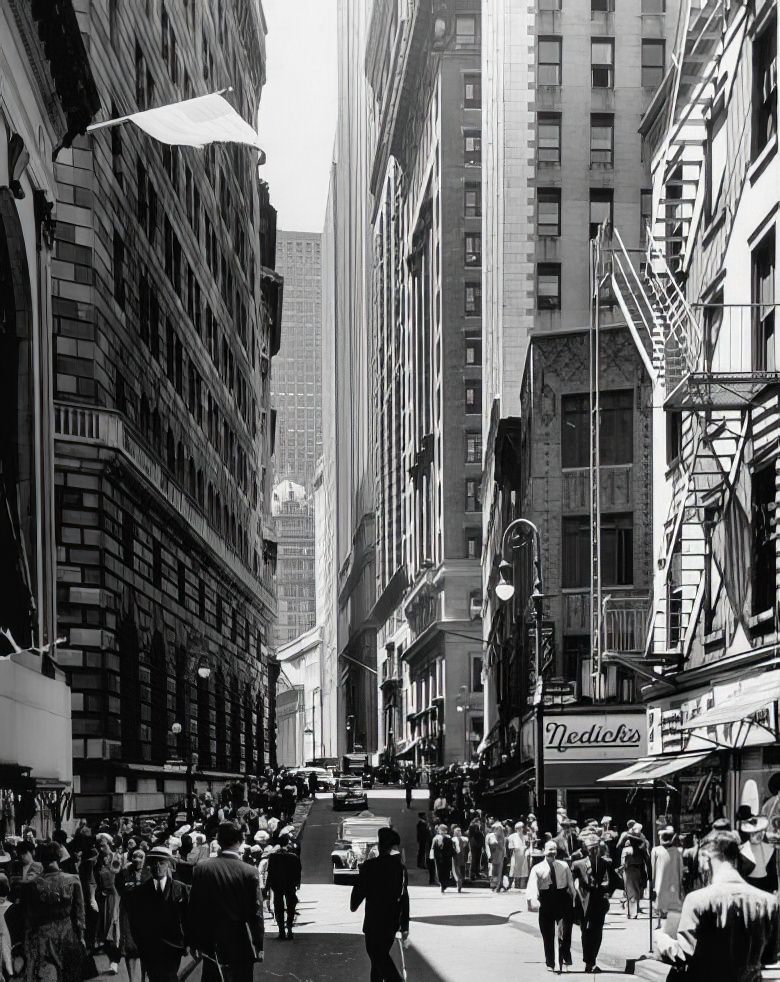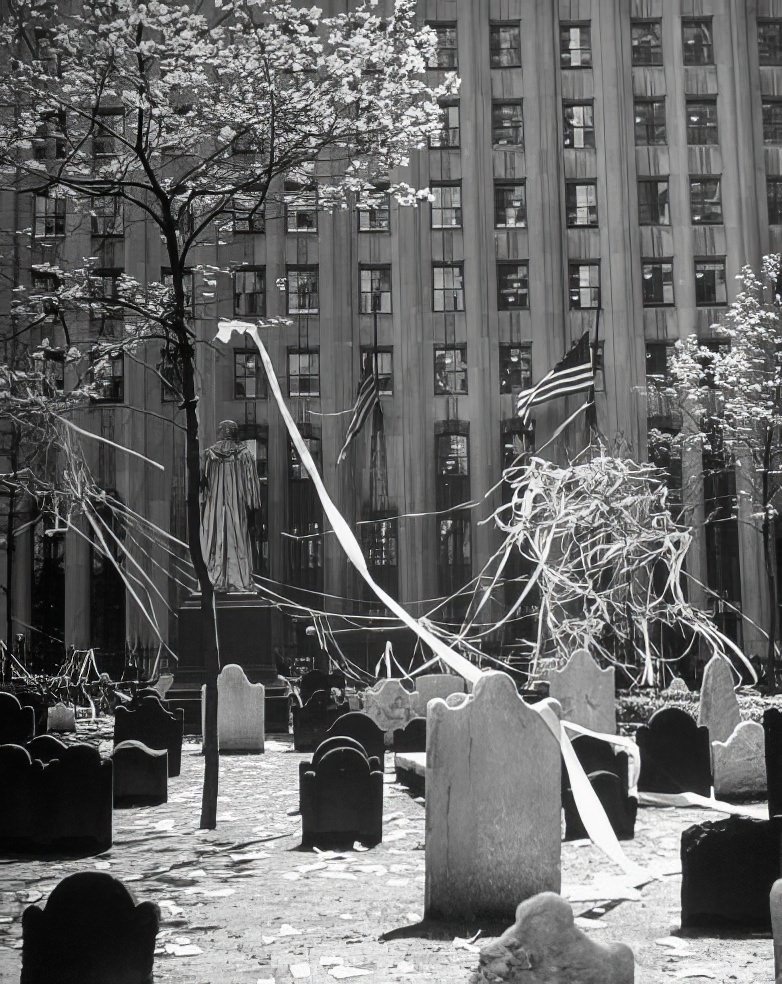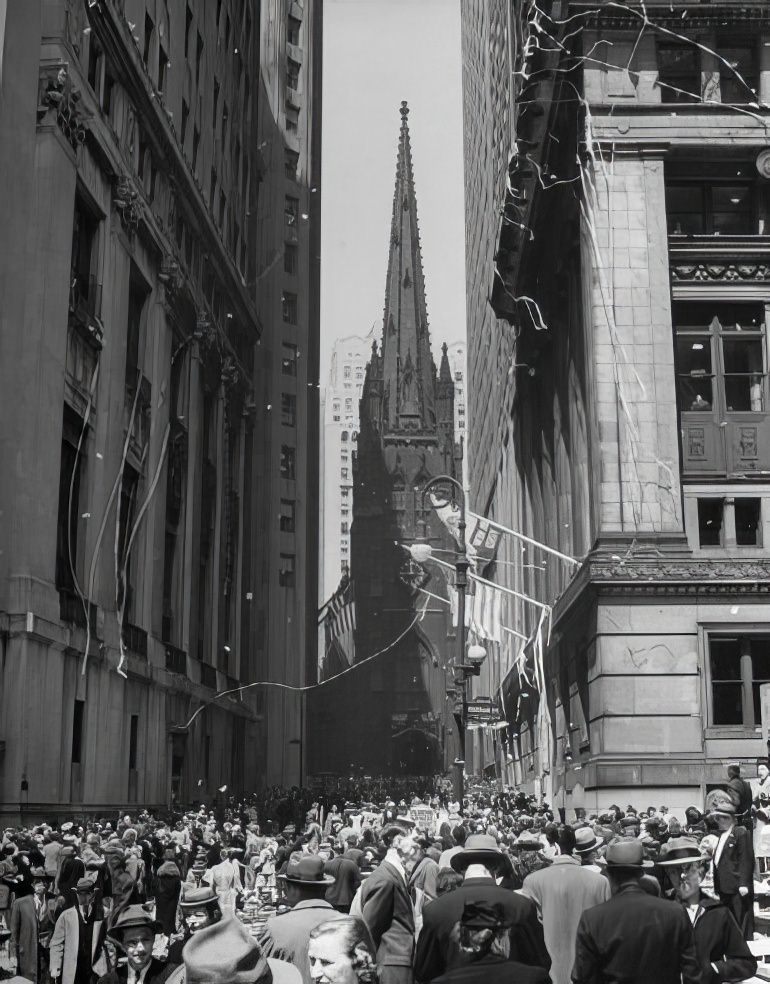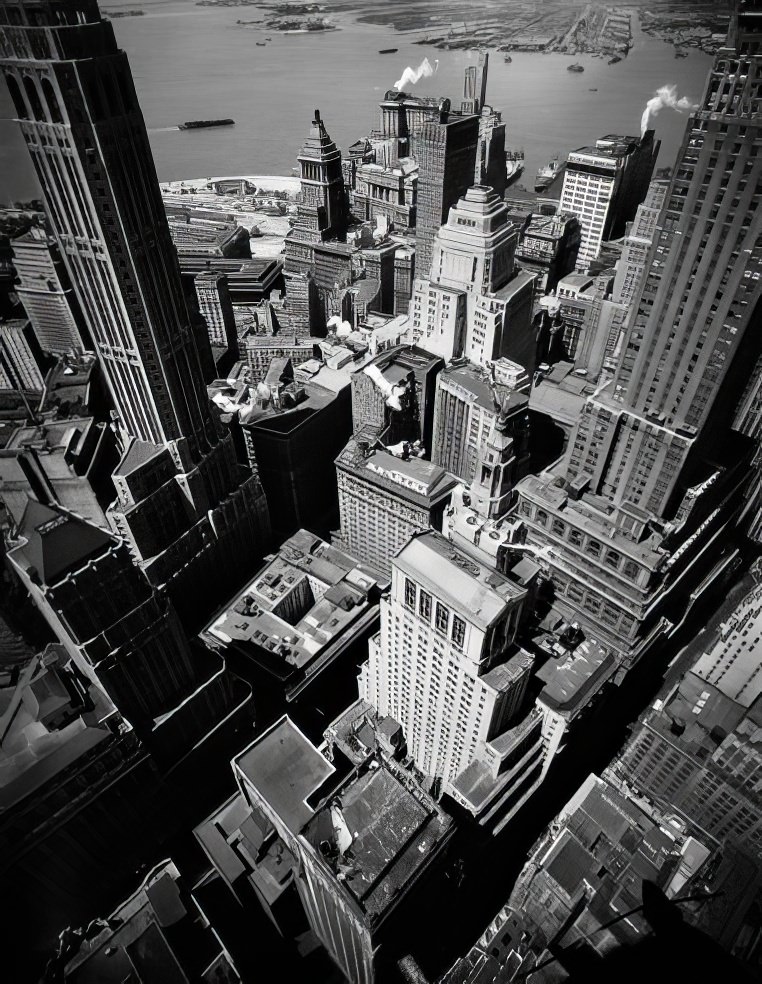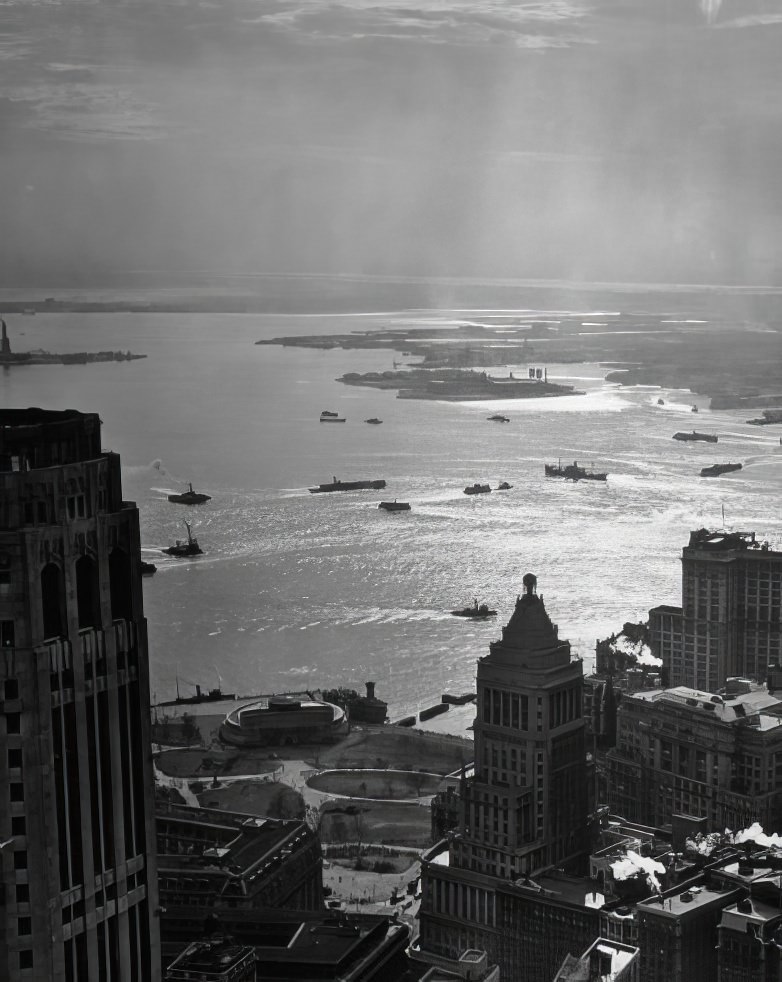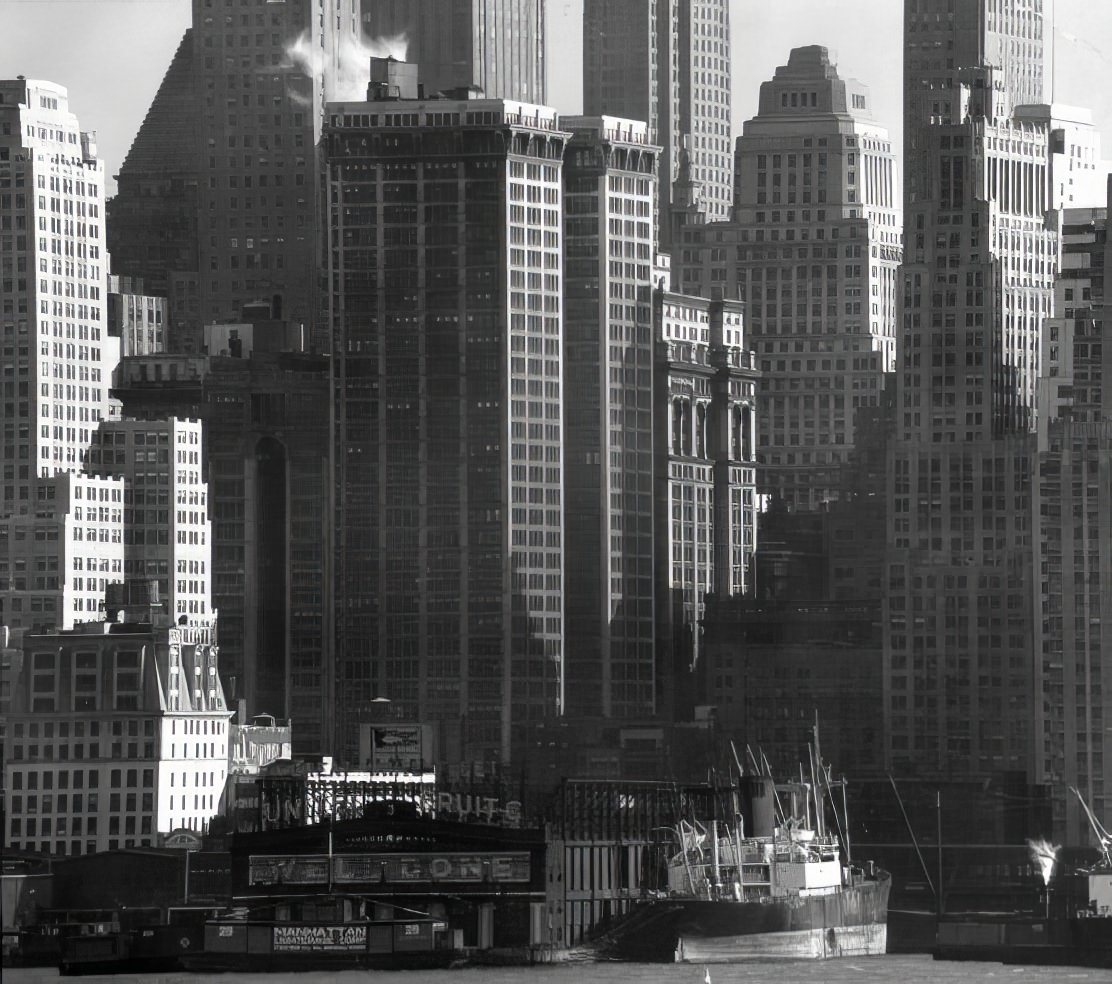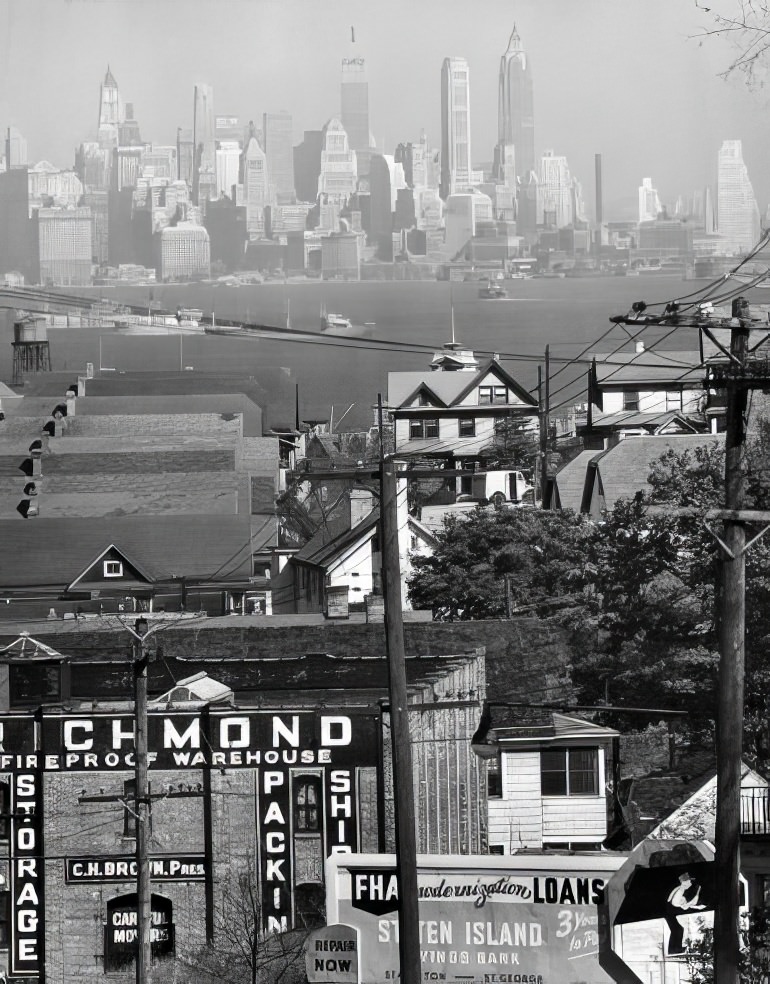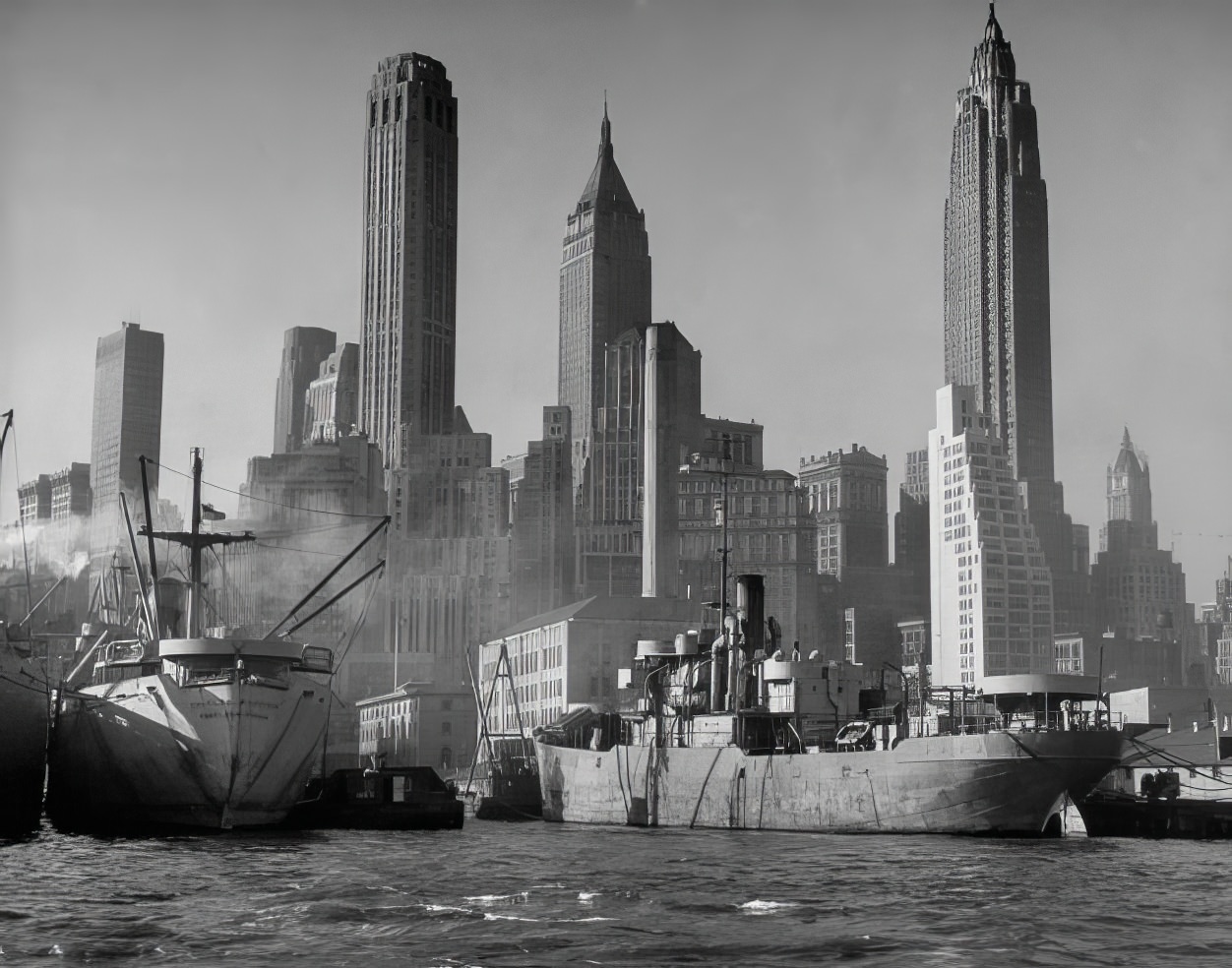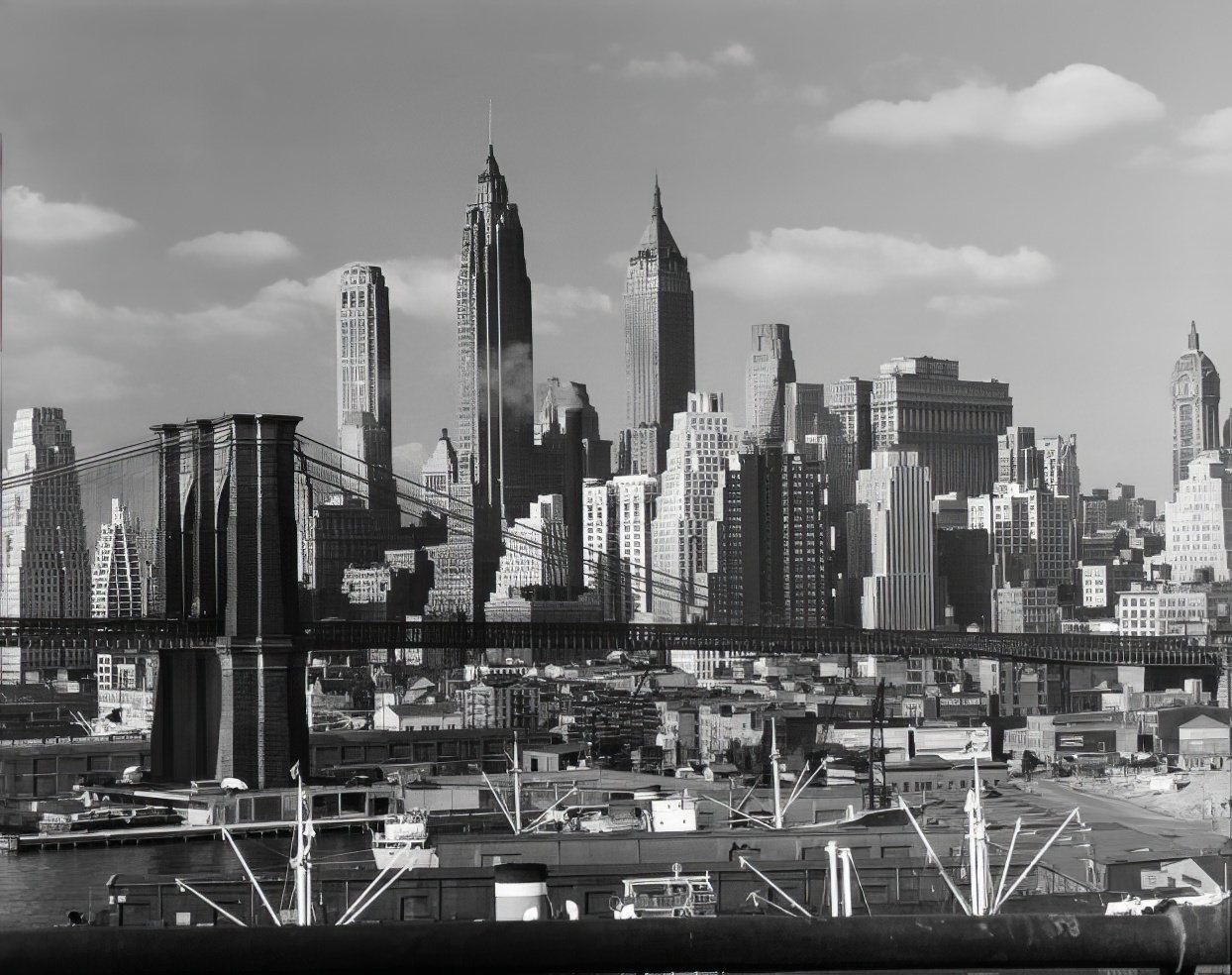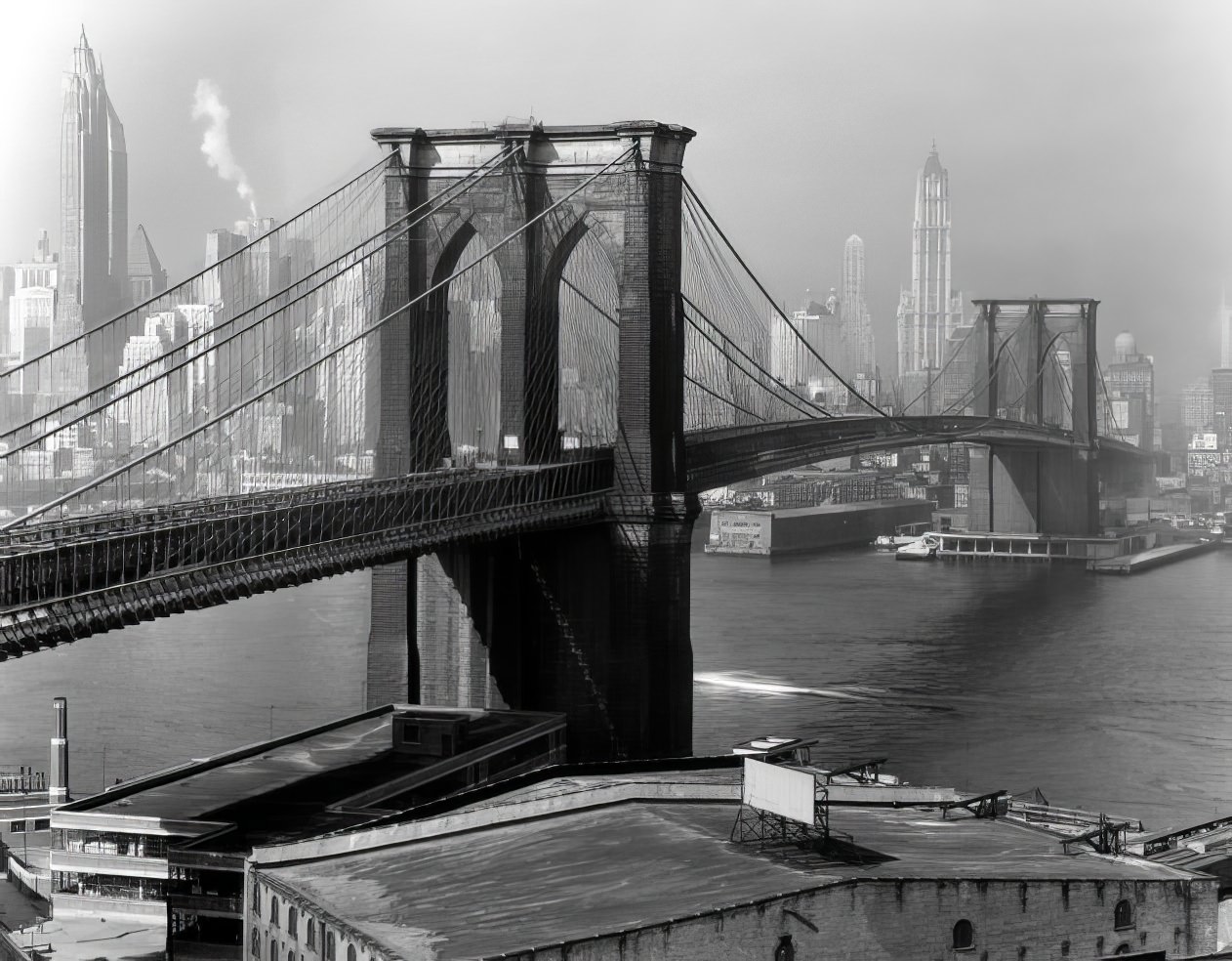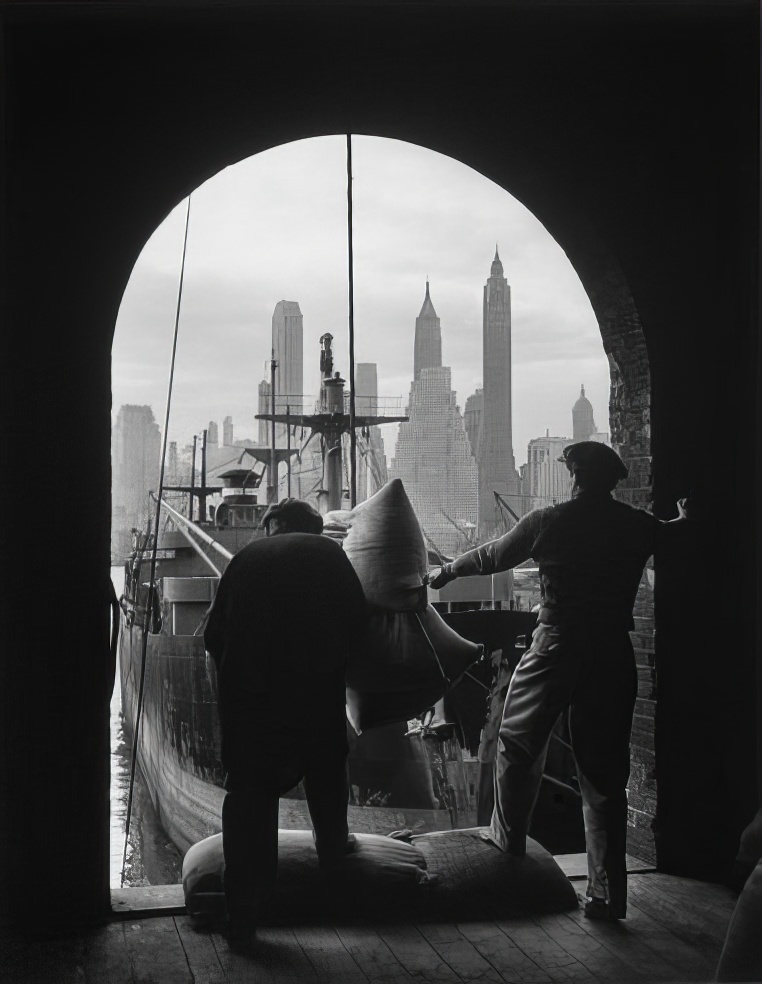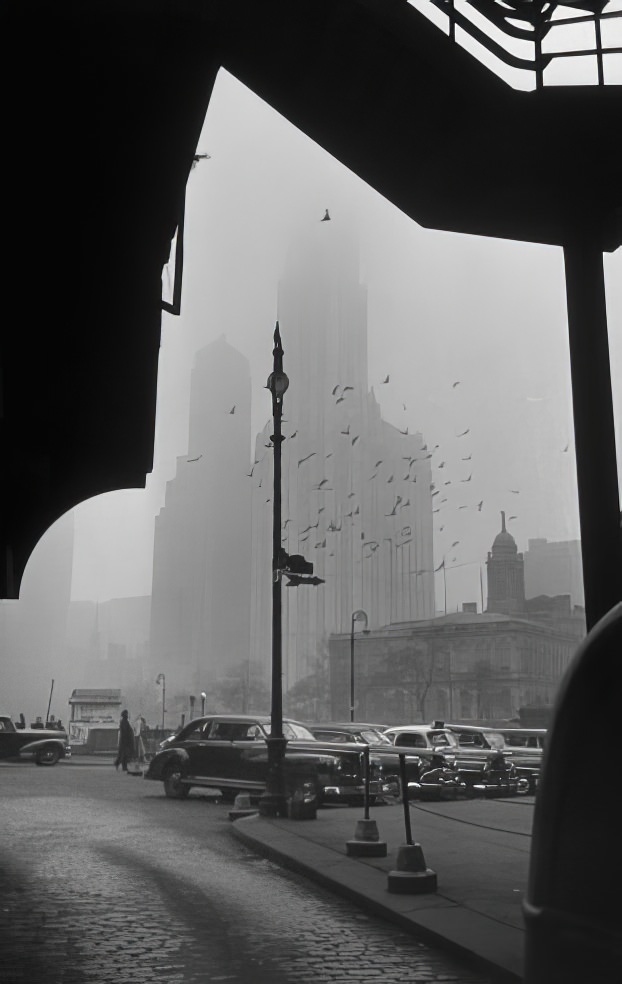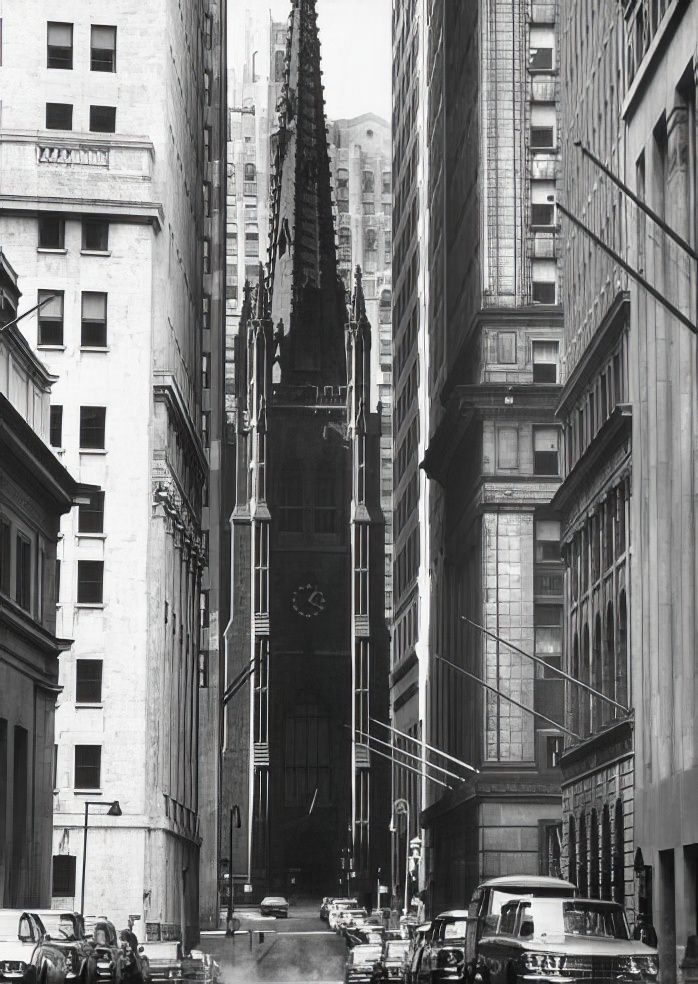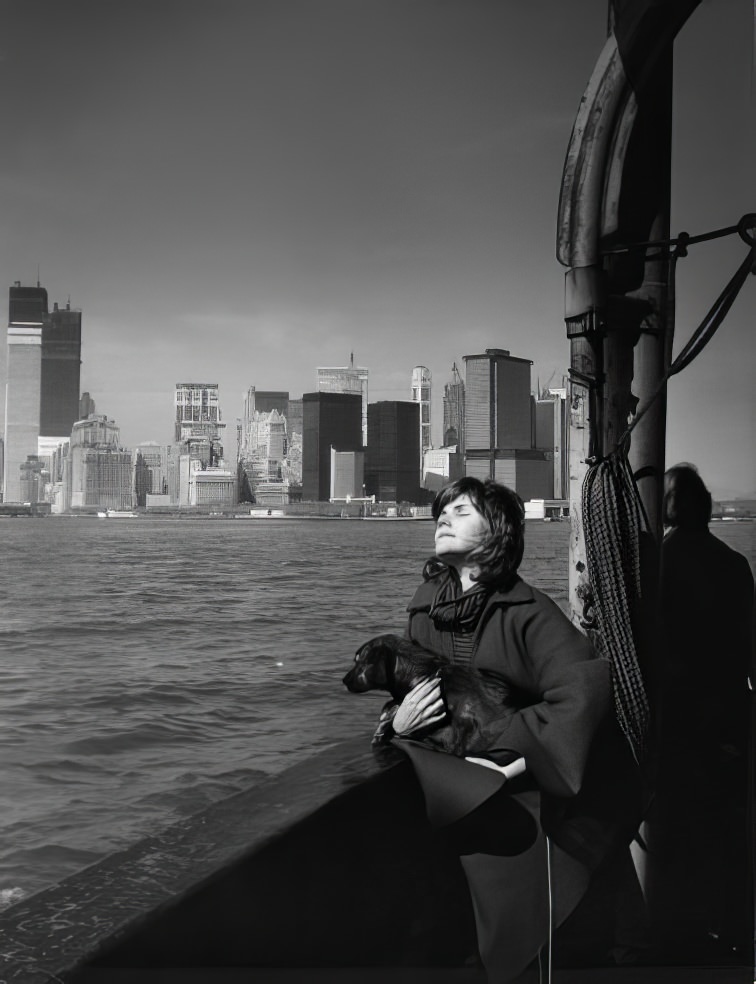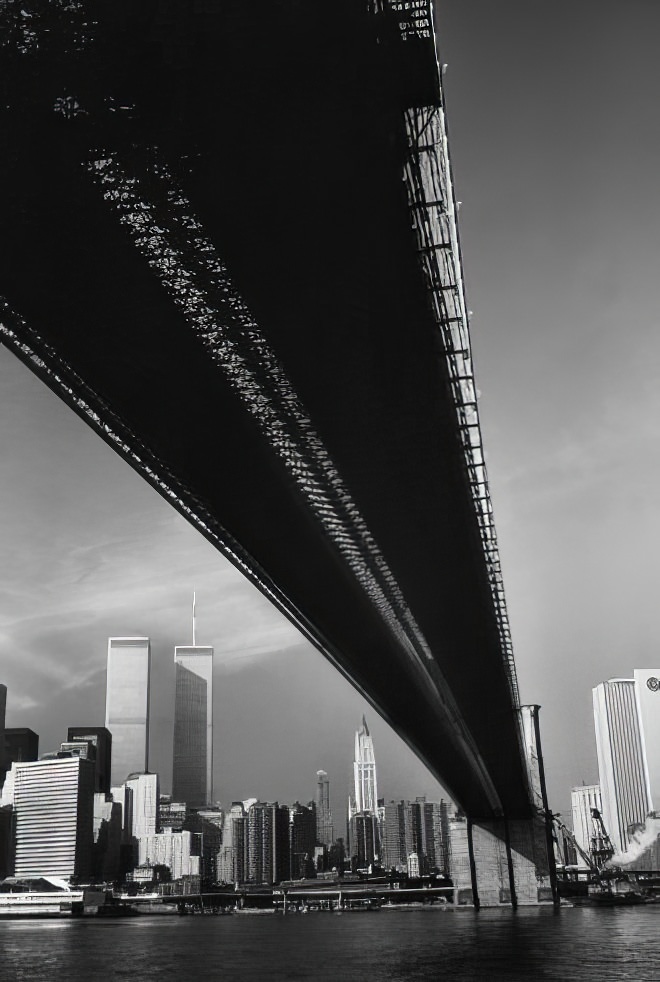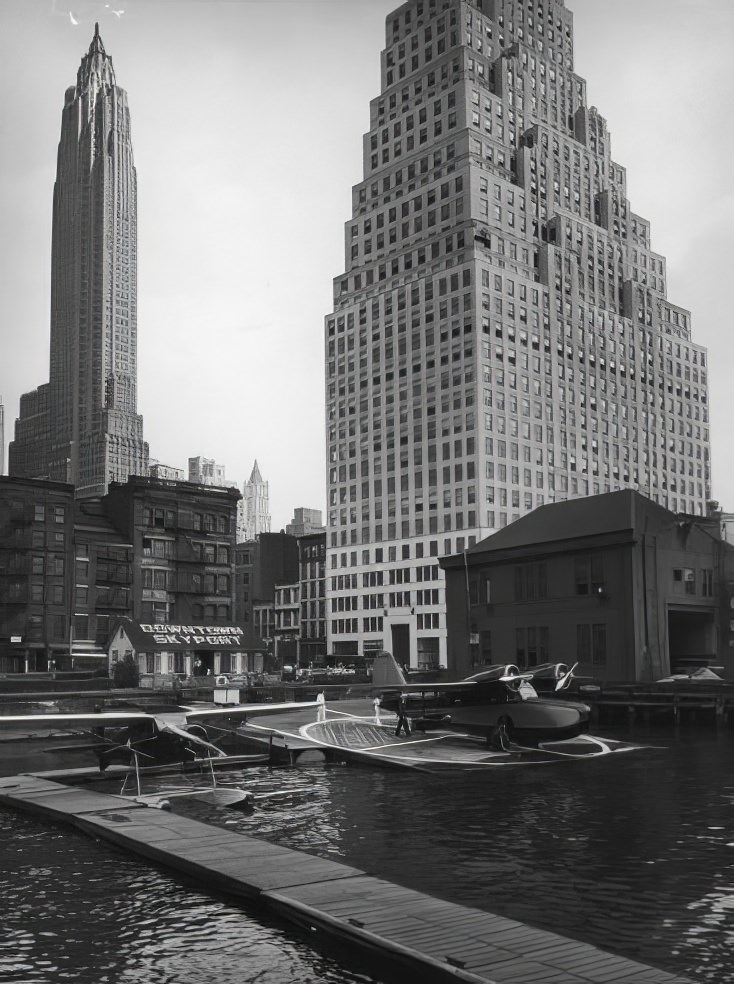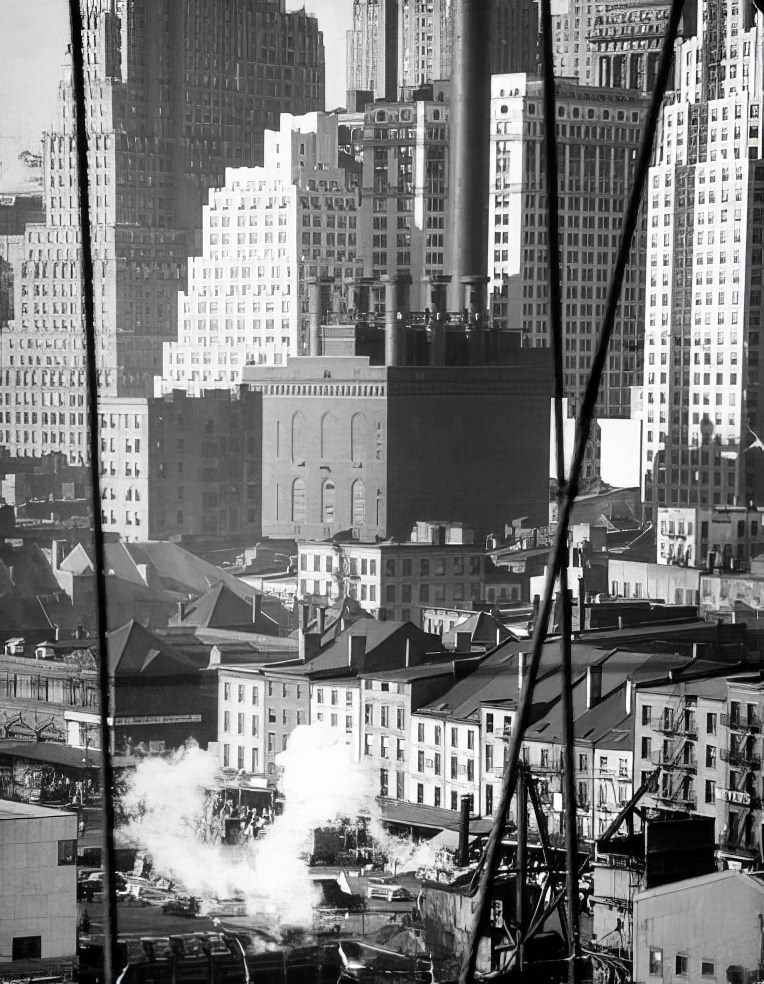Downtown New York. Just the name conjures up images: skyscrapers piercing the clouds, bustling streets teeming with life, and a sense of endless possibility. But how did this iconic area evolve into the powerhouse we know today? Let’s take a journey through time, exploring downtown New York from the 1920s to the 1970s, a period of incredible transformation and dynamism.
The 1920s roared with jazz, flapper dresses, and a booming economy. Downtown New York was at the heart of it all. Wall Street was a symbol of this prosperity, but the decade also saw the rise of iconic skyscrapers like the Chrysler Building, forever altering the city’s skyline. This was a time of artistic innovation, with the Harlem Renaissance flourishing just north of downtown, influencing the city’s cultural landscape.
The Great Depression of the 1930s brought hardship, but downtown New York persevered. Construction continued, with Rockefeller Center becoming a symbol of hope and progress. Despite the economic challenges, the city’s spirit remained unbroken. People found ways to support each other, and a sense of community prevailed.
World War II in the 1940s saw many New Yorkers head off to fight, but the city became a hub for industry and manufacturing. Downtown was vital to the war effort, with its ports bustling with activity and its factories producing essential goods. Women entered the workforce in greater numbers, taking on new roles and contributing to the war effort.
Read more
The 1950s brought a post-war boom and a renewed sense of optimism. Downtown New York experienced a surge in corporate headquarters, solidifying its status as a center of commerce. Modernist architecture began to appear, with sleek, glass-clad buildings contrasting with the older Art Deco style. The city was a melting pot of cultures, with immigrants from around the world contributing to its vibrant character.
The 1960s were a time of social change and upheaval. Downtown New York became a center for counter-culture movements, artistic expression, and political activism. The area witnessed protests against the Vietnam War and movements for civil rights and equality. This era saw the rise of iconic music venues like the Fillmore East, attracting legendary musicians and shaping the city’s cultural scene.
The 1970s were a challenging time for downtown New York. Economic struggles and social unrest led to urban decay and a rise in crime. However, this period also saw the birth of hip-hop culture in the Bronx and the rise of punk rock in the East Village, showcasing the city’s resilience and its ability to reinvent itself. Artists and musicians flocked to downtown, drawn by its gritty authenticity and creative energy.


